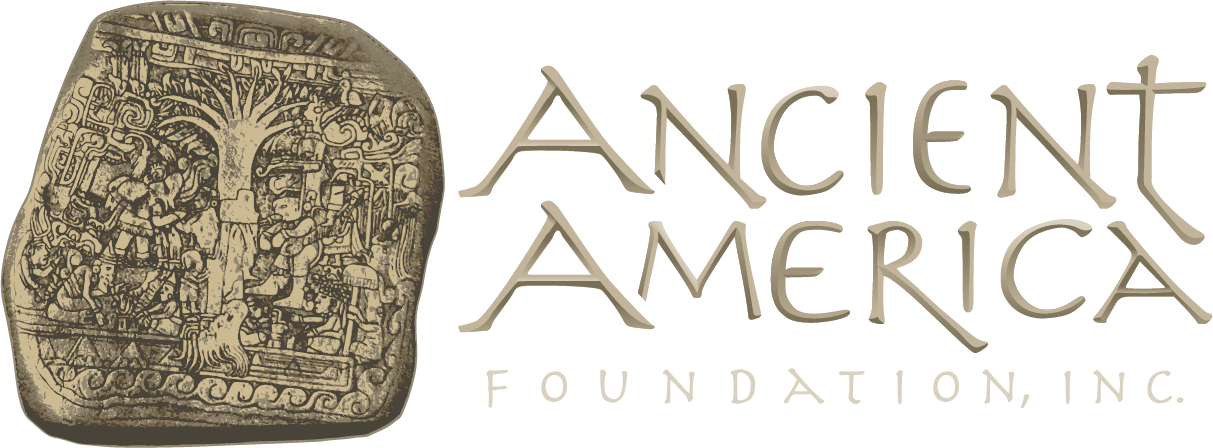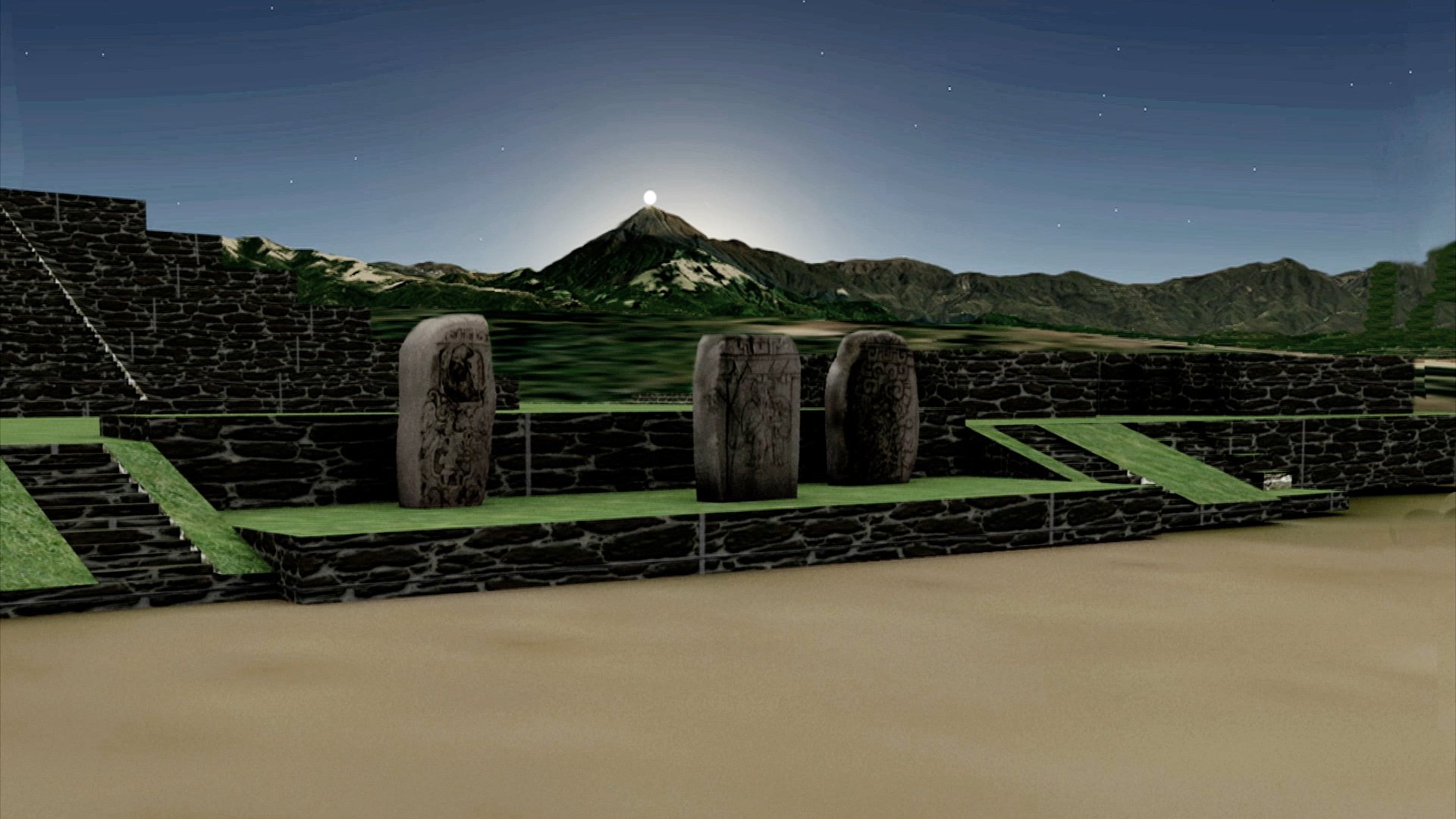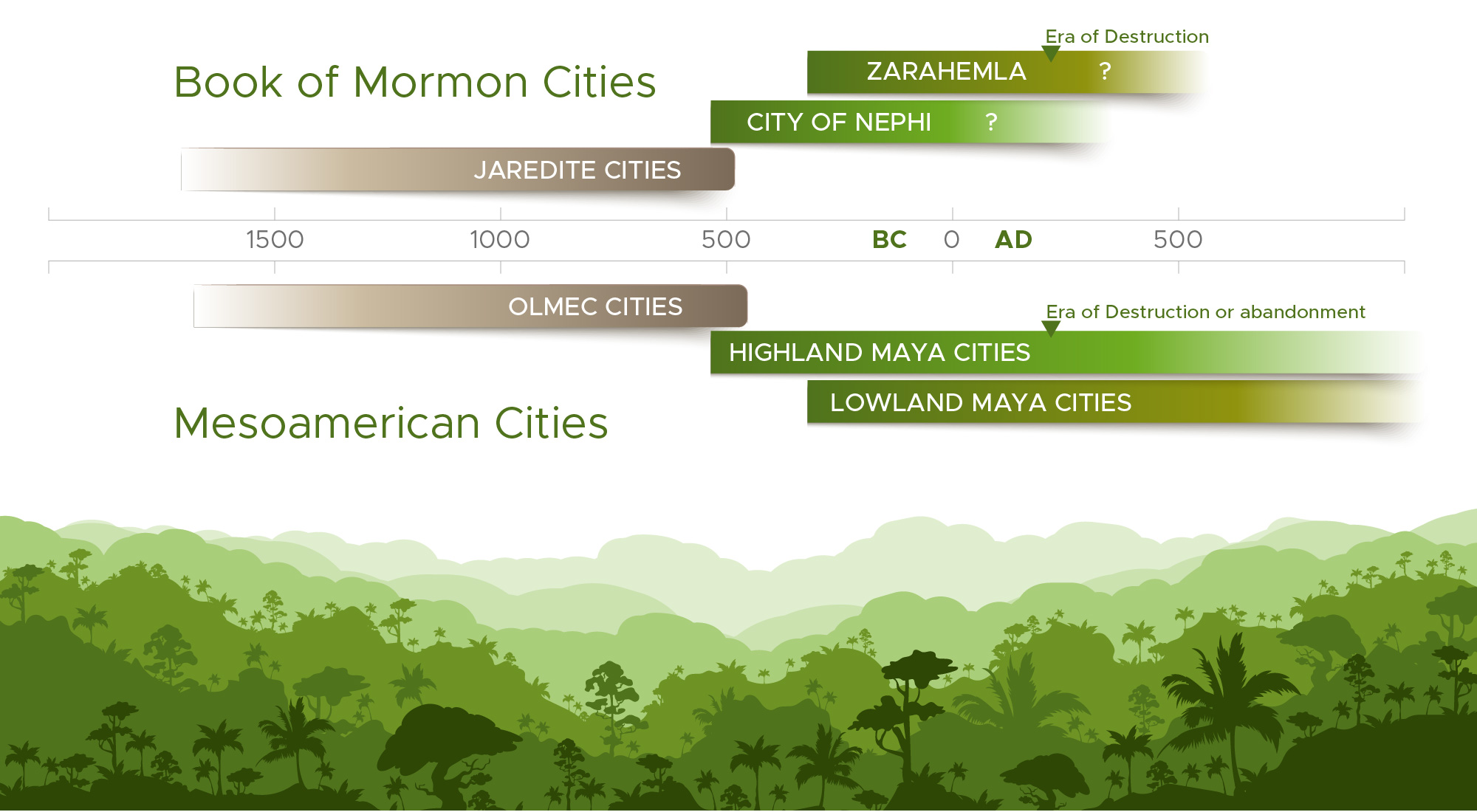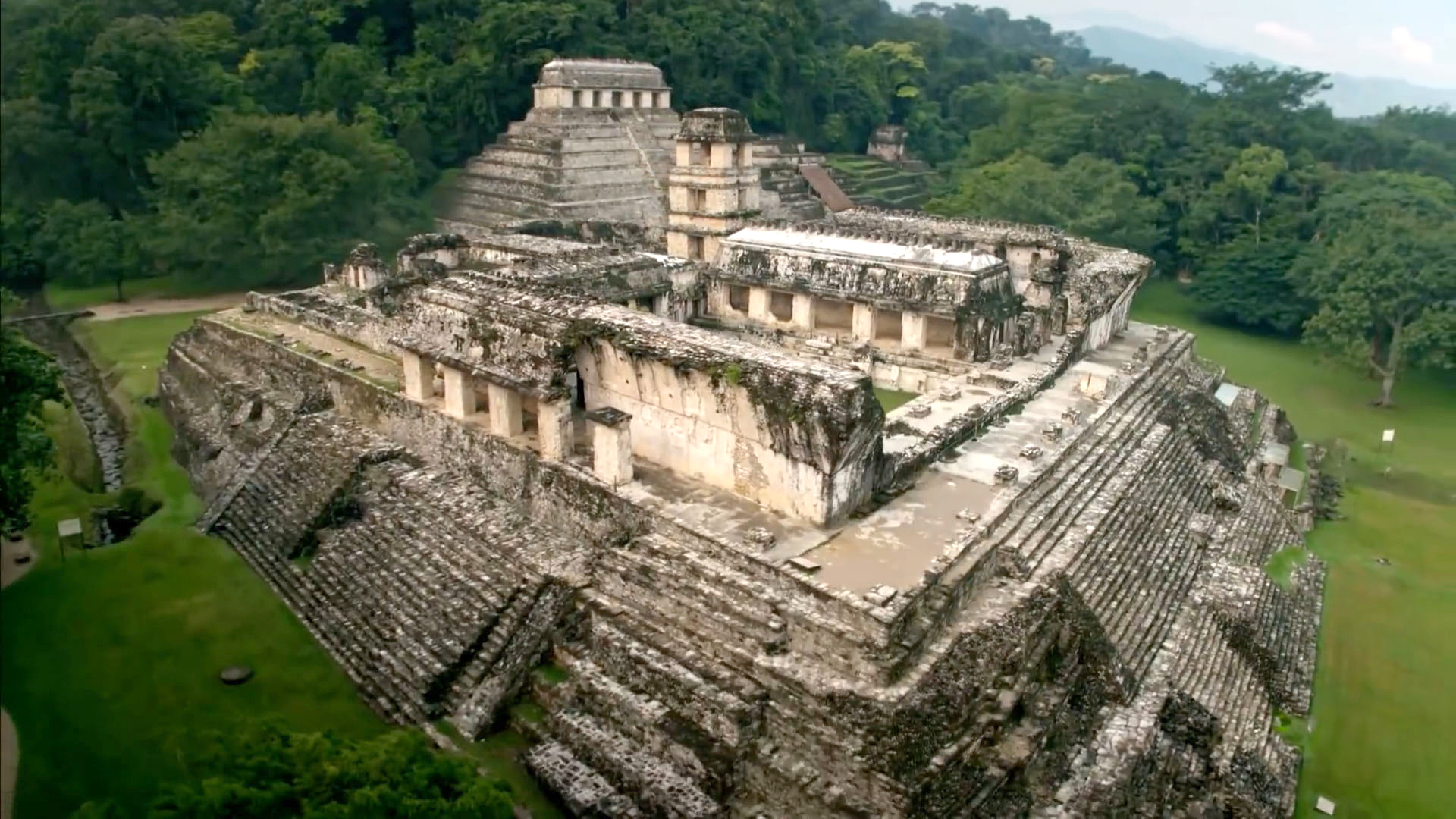
by Cheryl Norman (The legacy of V. Garth Norman lives on)
The Izapa, Mexico Temple Observatory was created at 14.8° North Latitude with astronomical alignments to the eastern Mount Tajamulco sun, moon, and star rises. The Solstices (June & December) and Equinoxes (September & March) were observed. However, the most important alignments were to the Suns Zenith Passages on two separate dates: August 13 and April 30. There are 260 DAYS between these two dates symbolizing the human gestation time for a baby. The ancient Olmecs (1500 BC) and Maya (550 BC) wanted their babies to survive at birth, so they created the 260-Day Creation calendar to copy the animals mating and birthing seasons: Mate in the Fall and have babies in the Spring when rain causes food to grow for mothers and babies to survive.
The planet Venus is often called the “Morning Star” and the “Evening Star”. It reflects the suns light
in a 584 day cycle. At Izapa, the Venus Morning Star rises in the East on Mount Tajumulco. To the ancient Maya, this VENUS MORNING STAR symbolized their great god Quetzalcoatl.
Izapa, Mexico’s famous Stela 5 “Tree of Life” monument depicts the ancient Maya cycle of life with the BLUE water descending from heaven on the right=Birth. The BLUE water at the bottom=Life on the earth. The Evaporation glyphs on the upper left represent the spirit of a dead man that ascends back into the heavens from where he came.
Watch this video for more information on Mayan concepts of Birth, Life and Afterlife.







